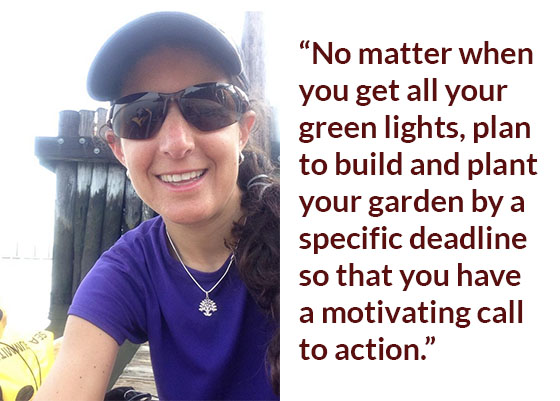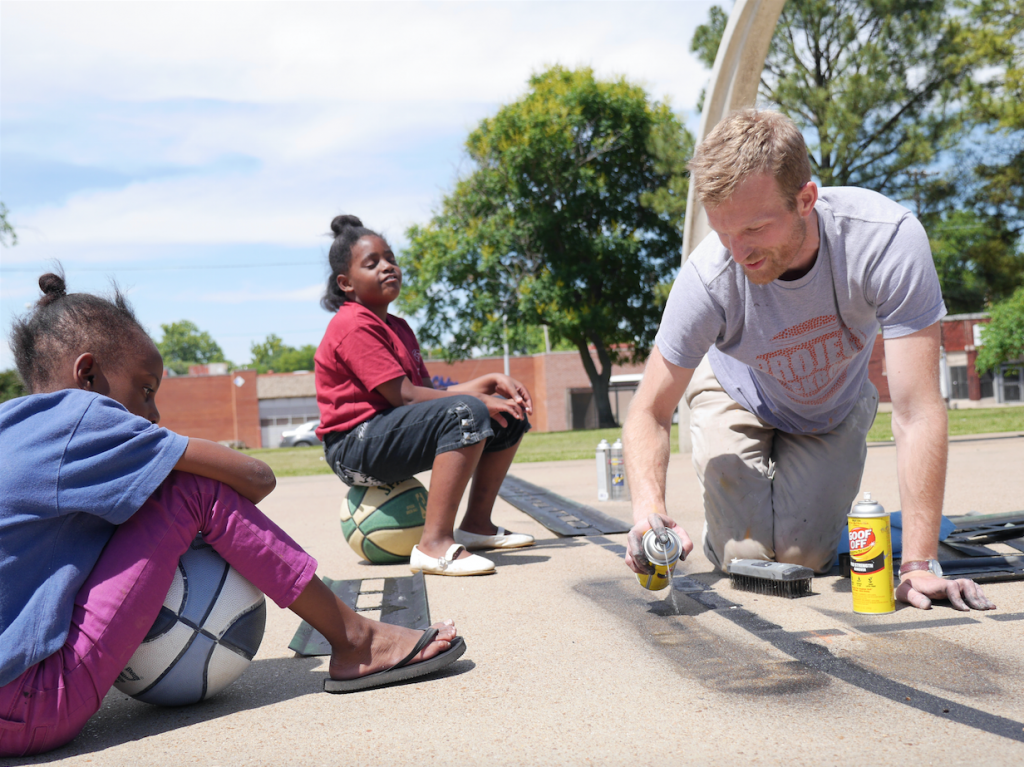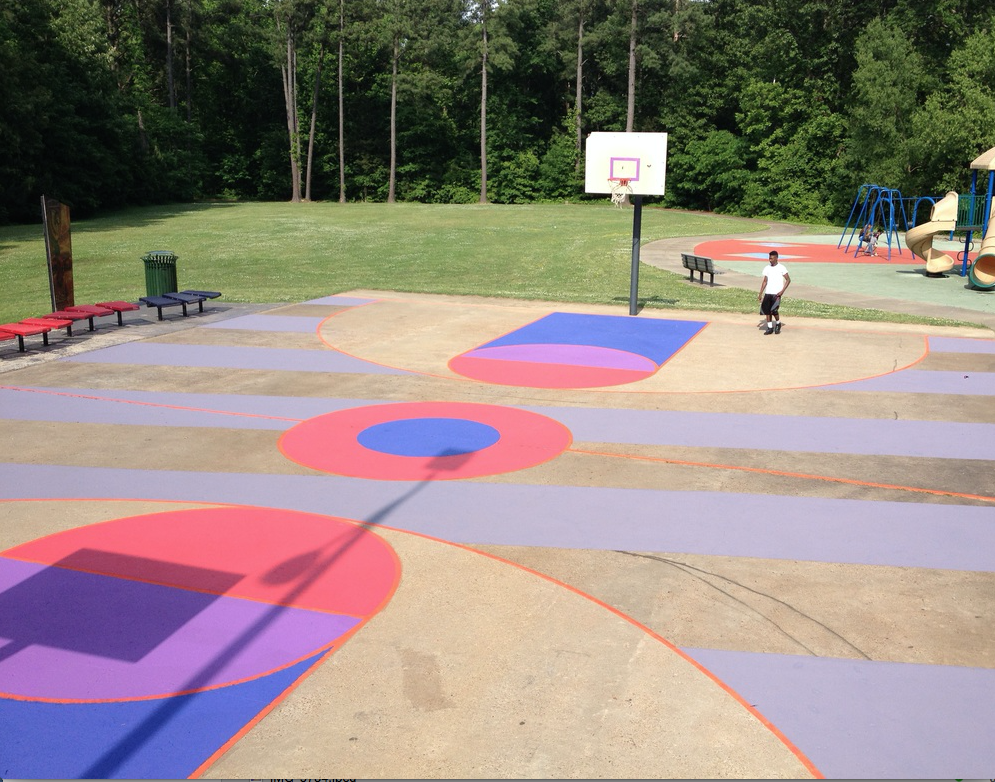At ioby, we are lucky to be surrounded by experts from across the country. Our ioby Leaders can do some amazing things; They can build bat houses, make beeswax candles, create public art through mural painting! And best of all, they’re not stingy with their knowledge. That’s why we like to feature some of our favorite Leaders in our Learn from a Leader series. We hope you enjoy!
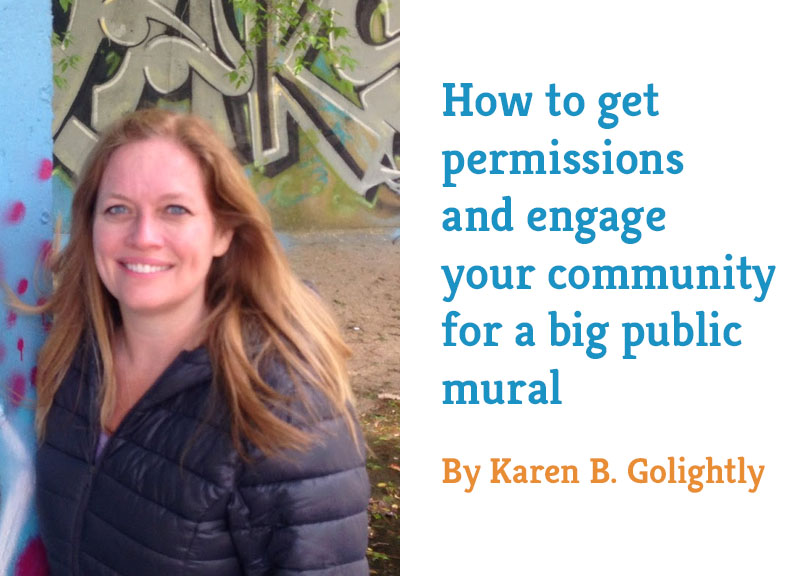
This week we hear from Karen B. Golightly, a graffiti photographer and one of the three main organizers of the Paint Memphis mural painting project. Her photos and articles on graffiti and public art have been published nationally and internationally in literary and art journals, such as Triggerfish Critical Review and Number magazine. Paint Memphis sponsors a one-day annual mural painting festival to create public art in unusual places. In 2015, they created Memphis’s largest collaborative mural, which was also its first city-sanctioned wall for public art.
-
Get permission from the City—with some friends—for your mural painting project.
This might be the hardest part! Memphis spent so many years trying to cover up graffiti that officials had a hard time understanding why they should now condone it; it literally took us years to reach agreement. We finally got there by doing a presentation to the Office of Engineering and Public Works showing how beautiful the public murals in St. Louis are, and how this is all about community—it’s not a threat! We also partnered with a local environmental nonprofit that wanted to use public art to beautify the floodwalls lining their recreational trails. It’s better not to go into this looking like one crazy person—get some backing!
-
Figure out your budget.
If you’re not familiar with calculating mural painting costs, ask someone who is. The other Paint Memphis organizers had a better idea than I about how much time and paint (both spray and bucket) we would need. We approached Home Depot, and they donated a lot of primer, paint, and volunteer labor (we shouted them out in our press release); paint brands Glidden and Behr and a local contractor also made donations. Our muralists also chipped in themselves by buying some of their own paint; about half of what we needed total. Remember that the bigger the public art, the more expensive it will be!
-
Clean and prime for your mural.
After appealing to the chief of our fire department for months, he understood that pressure washing was an essential part of the mural painting process, and agreed to help us. Once it was clean, Home Depot employees volunteered their own time to prime the wall.
-
Get mural painting volunteers!
We sent one press release, and had our ioby campaign and a website, but most of our buzz stemmed from the nature of the project: graffiti is cool! A lot of people spread the word through their own social networks and really showed up to help with prep and cleanup, press, professional photography—everything! We also had organizations reach out to see what they could do; one volunteered to clean along the wall after the mural painting.
-
Choose your painters and prep for the day.
We gave local and regional artists whose work was really good first dibs on painting, but artists from as far away as South Korea eventually heard about it and got involved. We organized the artists along the wall to alternate between solo muralists and crews; many developed their pieces to fit together, so we planned for them to work side by side. A local restaurant donated a barbeque lunch, and another sponsor donated water. All 70 artists were so grateful to come out and share their work.
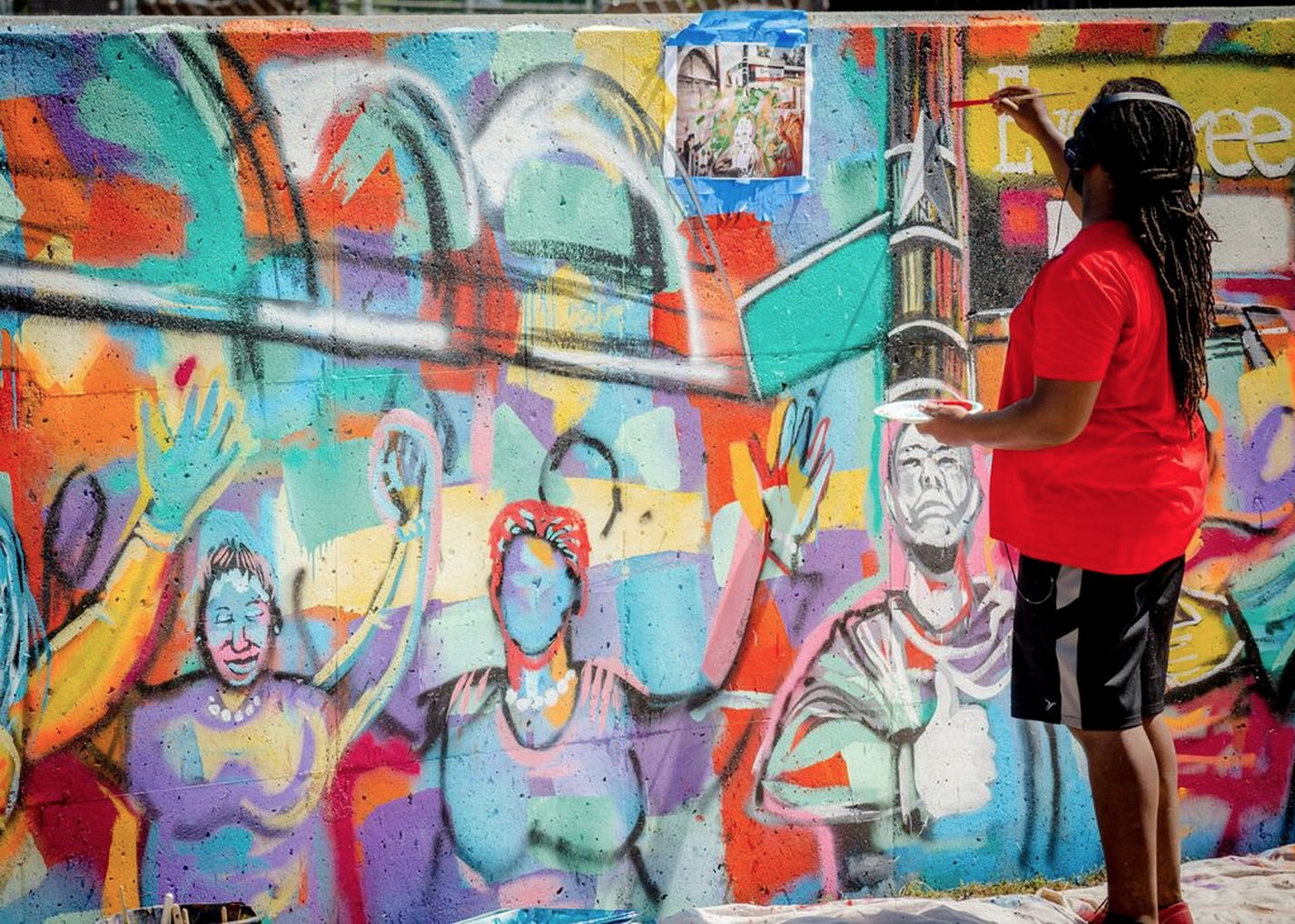
[Photo by Daryl Andrews. Lots more great ones on Paint Memphis’ Facebook page]
Time/timing:
If you’re in a hot climate, don’t do mural painting in the middle of the summer! After you get permission from the City, six months should be enough time to organize, provided you’re working with a committed team.
Mural Painting Budget:
We raised $2,500 and got a separate $500 donation, which was enough to buy half the spray paint; we needed an additional $2,000 for bucket paint and priming. So the materials total was about $8,000—but that was for a floodwall a third of a mile long and seven feet tall! We wanted it this size to make an eye-catching statement and a real public art movement for Memphis, but you don’t have to start so big.
Mural Painting Supplies:
In addition to all the usual paint and priming supplies—brushes, rollers, buckets, tarps, etc.—don’t forget to have tons of water and snacks on hand for everyone!
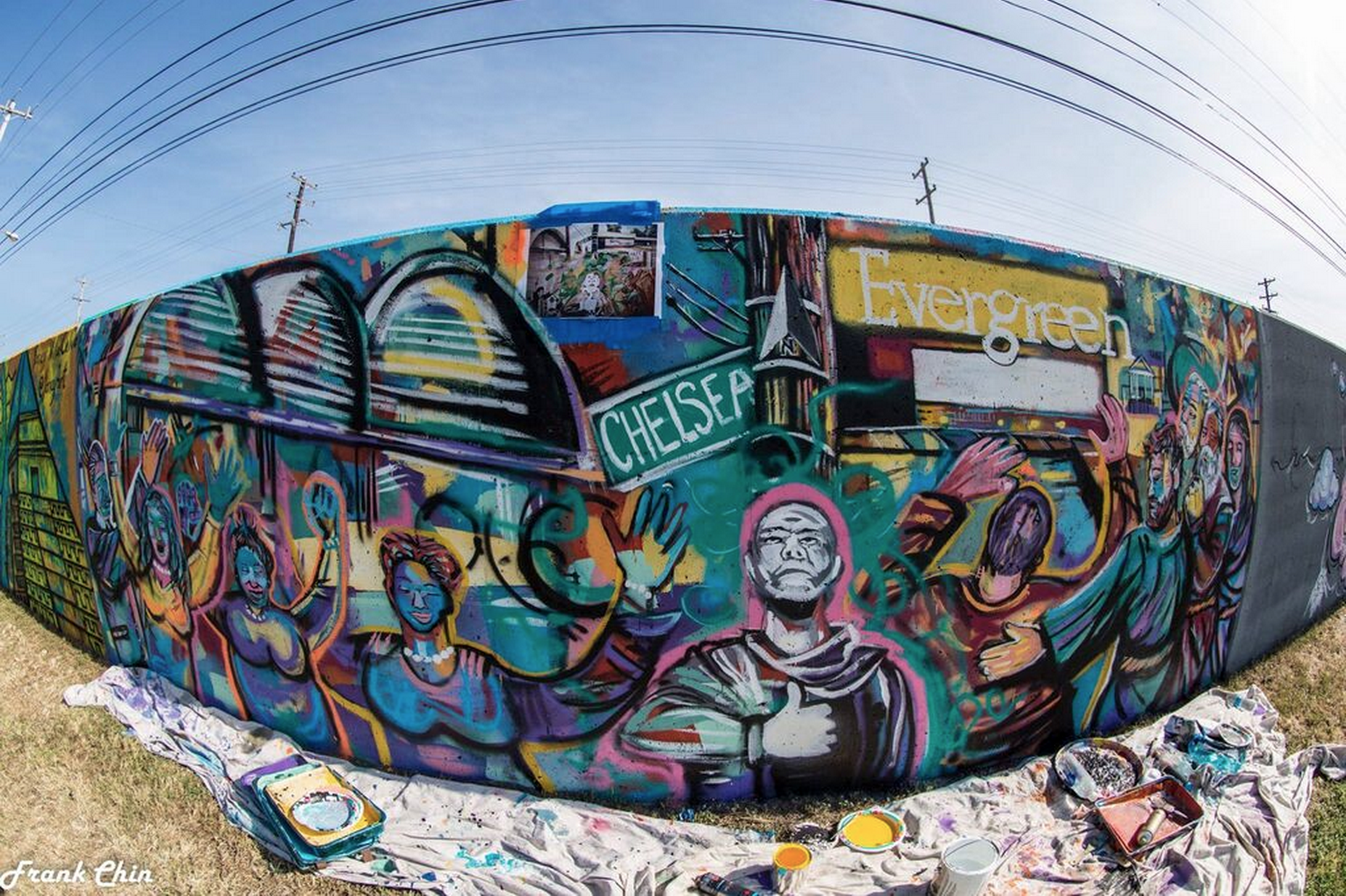
[Photo by Frank Chin. Lots more great ones on Paint Memphis’ Facebook page]
Additional public art resources:
– Paint Louis gave us tons of great advice
– Living Walls—a different approach in Atlanta
– Local arts agencies (like our UrbanArt Commission) are usually more than willing to help with securing funding and lending expertise
– Get a local nonprofit—one involved in the arts, environment, or something else related—to lend your cause validity and help make inroads to local government easier
– If there’s a person in charge of public art in your city’s administration, reach out to them (of course)!
-Get started fundraising for your own public art project: Tell ioby your idea!
